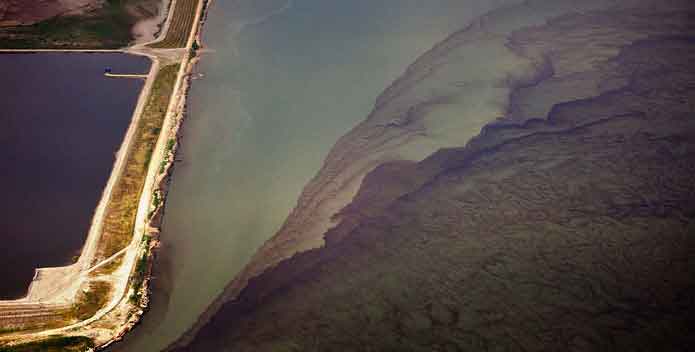LANCASTER, Pa. — New lights have been installed along portions of the Conestoga River in Lancaster County. The lights indicate when fecal matter is flowing through parts of the river.
"Places like Lancaster and many other river towns mix storm water and sewage water which was a brilliant idea back in the day," said Harry Campbell, Science and Advocacy professional for the Chesapeake Bay Foundation.
However, now, many combined sewer systems, not only in Lancaster but cities such as Harrisburg, Scranton, and Philadelphia, pose a threat to wildlife and even humans.
"Given the population and lack of maintenance over time, during heavy rain events, there is a combined amount of storm water runoff and raw sewage that is discharged into a combined sewer overflow," explained Campbell.
It's what experts call a CSO. When a CSO occurs, the lights will turn red alerting people to stay out of the water. After it stops, it will turn yellow for 24 hours. On any given year, officials say there are anywhere between 55 and 65 CSO events in Lancaster. Over the years, billions of gallons of overflow has been discharged into the Conestoga River which runs into the Susquehanna and the Chesapeake Bay.
"The Conestoga is something where people will go into to kayak and wade. I think the biggest question for them: Is it safe to be in the water?" asked FOX43's Grace Griffaton.
"It's a great question, and it's certainly is one to be concerned about, particularly 24 to 48 hours after a heavy rain event. It's just not a good idea to be in full body contact with the water or even partial body contact because there are nasties floating in the water," added Campbell.
"This is not something to be panicked over; this about having knowledge, where you did not have it before," said Stephen Campbell, Director of Public Works for the City of Lancaster.
CSO accounts for approximately 1.5% of the nitrogen pollution found in the Chesapeake Bay. In total, waterway experts say Pennsylvania delivers about 110,000,000 pounds of nitrogen to the Chesapeake Bay. The excess nitrogen contributes to the creation of what are called "dead zones" or areas with little to no oxygen for fish, crabs, and other Bay life.
People can reduce the problem by planting gardens and trees. The plants will help to soak up some of the storm water that contributes to the overflow events. Lancaster City is also working with the federal government to create a long term plan to address SCO events. You can read more about that here.


